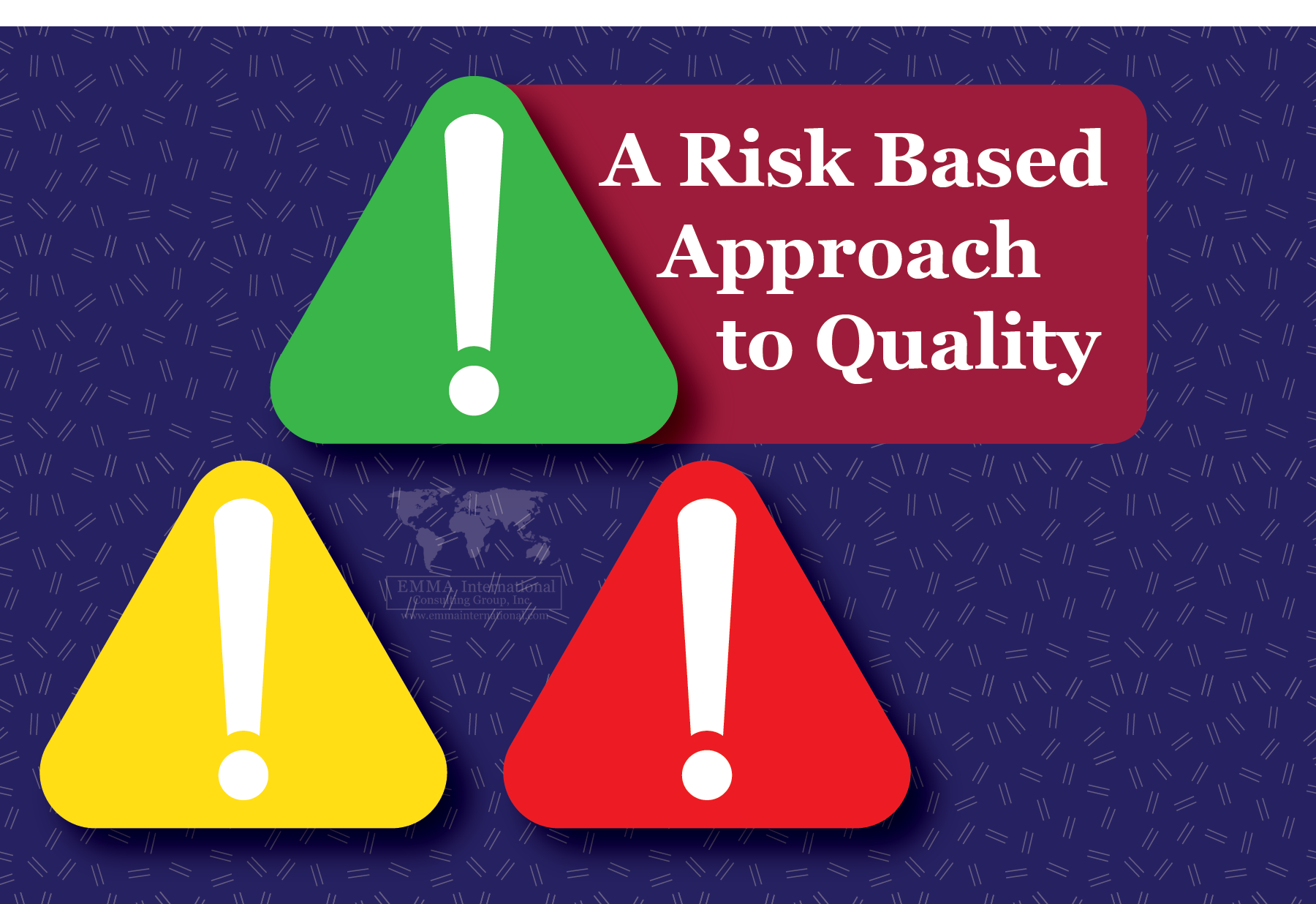ISO 13485:2016 emphasizes a risk-based approach to the entire QMS, shifting from the traditional risk approach which is highly product design-focused. ISO 14971-Risk Management for Medical Devices is the gold standard when it comes to applying a risk-based approach to the design and manufacturing of the medical device. But how do we ensure the application of a risk-based approach in Quality System Processes?
Assessing risk as part of supplier management usually starts with your approved suppliers’ list. Each supplier is categorized based on the risk it poses to the product and in turn the patient. Suppliers are not just raw materials manufacturers or providers of the various parts and components you purchase, but also consultants and contractors whose wrong judgment can affect product quality. So how do you mitigate this risk, read our blog Why Supplier Management is important for your medical device.
Risk management as part of nonconformance management assesses the manufacturing risks. The nonconformance disposition should be a risk-based decision. The aim should be to connect the nonconformance detected to the manufacturing and design risks identified.
Risk assessment as part of your complaint handling system should prompt you to evaluate the complaint and determine whether the severity and the probability of occurrence of the complaint cause were captured in the risk file. The received complaint might be a newly identified risk and an update may be required to the risk file. This is what keeps risk management active throughout the lifecycle of the product.
Last but not least, CAPAs address most of the issues that occur in the quality system. If the outcome of a CAPA is design or manufacturing related, then a review of the risk file should be done and if required, an update should be made.
The aim of this risk-based approach is to be proactive and detect any cause that can affect product safety and performance. With EMMA International’s proprietary methodology ‘CLIC’, you can achieve a holistic approach to your risk management program.
Reach out to us at info@emmainternational.com or at 248-987-4497 to know more.





